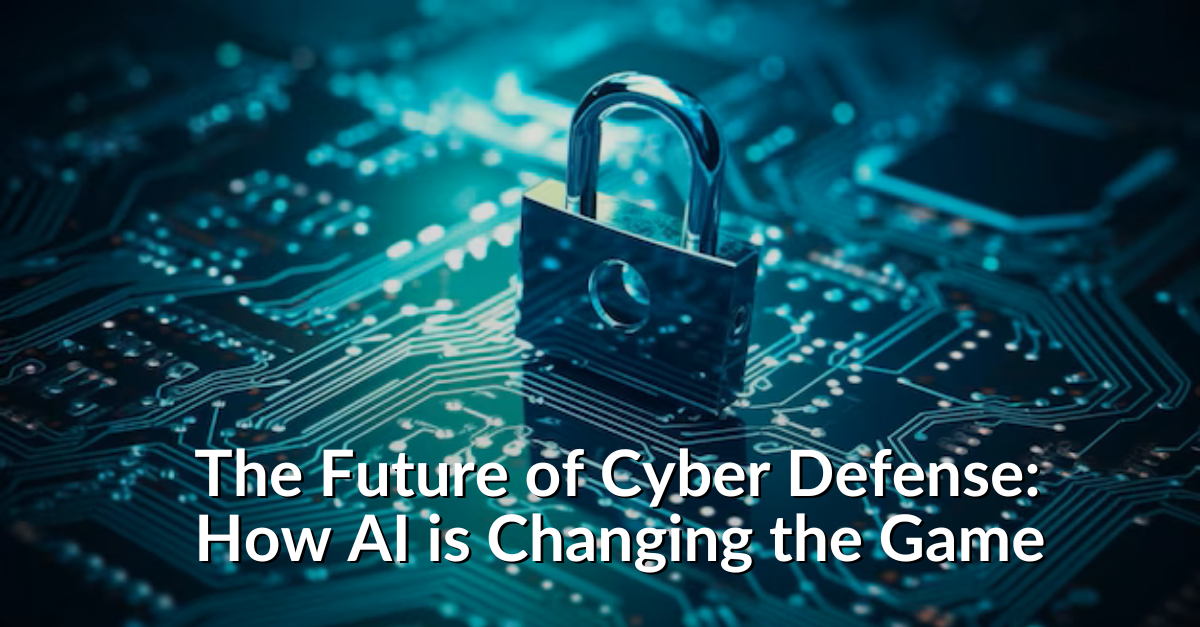Is your data center’s growth in trouble? That is the question on the minds of many chief information officers as they observe the breakneck pace of data center development. Like them, you know that redesigning your IT infrastructure every two years isn’t feasible, and you need a strategy that accounts for rapid change, controls costs, and opens the way for easy expansion.
Traditional data center development used to be slow and costly, partly due to the need for specialized hardware and high energy costs. However, methods like hyperconverged infrastructure (HCI) and Compute Express Link (CXL) are allowing businesses to standardize computing hardware and achieve better resource utilization.
The full-stack data center has emerged as the ideal way to construct and expand computing infrastructure. These solutions come ready-built with all the products and technology a company needs to meet its workload requirements. What elements make a data center “full stack”? Let’s dissect its anatomy.
Breaking Down the Full-Stack Data Center
A data center’s main job is to store, process, and distribute data and applications. This goal has been the same since its advent. The difference is that the data a data center must process is orders of magnitude more complex than it used to be. And often if data isn’t delivered in a timely manner, it will no longer be useful. CIOs are aware of these needs and are turning to full-stack data centers to help them improve customer experience. Let’s look at five of the main characteristics of a full-stack data center.
- Modular design. Modularity has many benefits, including cost control, expansion ease, and improved IT administration. Full-stack data centers leverage hyperconverged infrastructure and CXL technologies. HCI allows CIOs to use standard x86 hardware to build out their data center and share computing resources dynamically across the organization. On the other hand, CXL improves computing performance by enabling direct memory sharing and fabric-level resource allocation.
- Efficient power usage. Power consumption is a major data center expense, with a single rack costing as much as $30,000/year to power. Modern data centers prioritize hardware with efficient power usage and low-cost cooling options. For example, solutions like indirect evaporative cooling can save data centers millions in electricity costs each year.
- Complete software stack. Software is just as important in the data center as the hardware it’s running on. For example, virtualization software is the backbone of HCI, allowing companies to virtualize hardware components and pool them together. Administration software helps teams manage resource allocation and user access, thus improving security.
- Managed services. As your data center scales, managing your infrastructure becomes increasingly complex. Working with a full-lifecycle hardware partner like Equus takes hardware management off your plate so you can focus on your core services.
- Cloud-centric. Full-stack data centers are built with a cloud-first mentality. This means they’re ready for multi-cloud and hybrid-cloud workloads on day one — helping you foster collaboration at a level not possible using solely on-premise infrastructure.
Improve Business Scalability, Agility, and Performance
Increasing business demand doesn’t wait for data center construction. Your business must be ready to adapt to changing customer needs or risk losing out on potential growth. Equus can help you deploy modular hardware in your data center that fits the pinnacle of full-stack data center design. And we’ll be there to manage that hardware every step of the way, from design to decommissioning. If you’d like to learn more about hardware that can take your data center to the next level, let’s talk.







